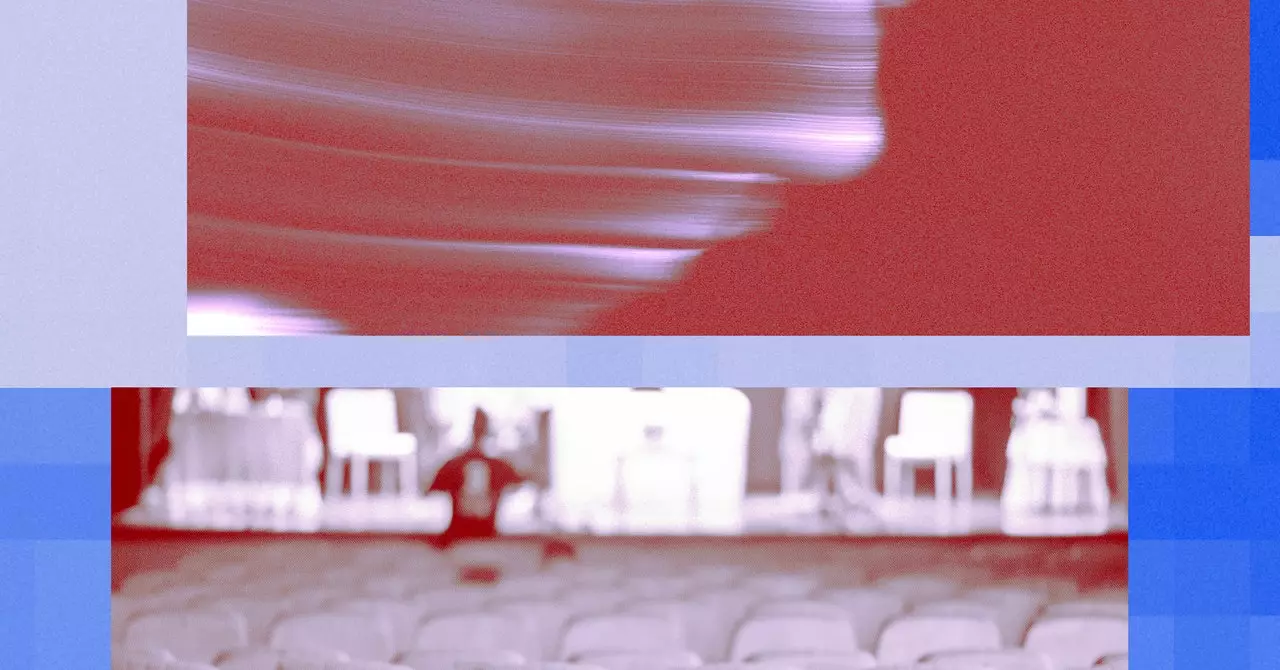As I sat in anticipation at Lincoln Center for the curtain to rise on Ayad Akhtar’s much-discussed production, *McNeal*, featuring Robert Downey Jr. alongside a surprising supporting character—ChatGPT—I couldn’t help but reflect on the evolving dialogue between theater and artificial intelligence. This conversation isn’t new; in fact, it can be traced back over a century. At the dawn of the 20th century, Karel Čapek’s groundbreaking play, *R.U.R.* (Rossum’s Universal Robots), introduced the term “robot” and warned of the dangers inherent in creating sentient beings, presaging many of today’s concerns about AI.
Čapek’s work remains a formidable warning of dystopian futures stemming from unchecked technological ambition. Fast forward to contemporary theater, and one can see a lineage of playwrights grappling with the repercussions of intelligent machines on human existence and creativity. Notably, a recent production titled *Doomers* captures a modern narrative closely tied to the internal conflicts at OpenAI concerning its leadership and direction. In *Doomers*, playwright Matthew Gasda uses the backdrop of corporate drama to delve into moral quandaries surrounding AI.
Gasda’s past works reflect a sharp cultural awareness, often focusing on the social dynamics within New York’s artistic circles. With *Doomers*, he shifts his lens onto existential themes, suggesting a deeper imperative to examine how humans interact with artificially intelligent systems. By constructing two distinct casts, Gasda allows for a multifaceted conversation about power, ambition, and the ethical considerations of AI. Not content to provide clear answers, the characters’ discussions culminate in a shared avoidance of accountability, echoing perceptions that the technology’s powers may indeed outstrip our understanding and control.
While *Doomers* offers a gritty, contemporary exploration of the human-AI interface, *McNeal* takes a more theatrical approach filled with glitz and spectacle. Akhtar’s narrative centers around Jacob McNeal, a novelist whose descent into self-destruction is paralleled by his increasing dependence on AI for creative output. This dynamic Chris, burning bright in the spotlight, presents a cautionary tale of the seduction of instant gratification that technology offers, particularly through the allure of large language models.
Akhtar’s integration of AI as an almost sentient character is striking. The play utilizes flashing screens to display prompts and AI-generated texts, effectively blurring the lines between author and tool. McNeal’s story serves as an allegory for the existential risks that accompany our reliance on AI. When dissected through Akhtar’s lens, the narrative raises significant questions about authorship, originality, and the price of creative mastery achieved through external aides.
The Thematic Backbone: Accountability and Moral Ambiguity
Both plays—distinct in style and approach—emphasize the moral uncertainties that technology forces upon creators. Gasda articulates a clear thematic message: escapism cannot be a response to the intricate issues posed by AI; it must fuel deeper understanding instead. Perhaps this is a comment on the artistic community’s own struggle to navigate the implications of their tools. In *Doomers*, the characters’ resorting to alcohol and hallucinogenic mushrooms may symbolize the desperate attempts to avoid confronting the societal consequences of AI’s growing presence.
Conversely, Akhtar’s *McNeal* ventures into a territory where triumph is ultimately ephemeral. The narrative’s ending, where McNeal’s triumph comes at the steep cost of his moral integrity, underscores the idea that the quest for genius through artificial aid may lead to self-destruction. The playwright’s acknowledgment of AI’s contribution to his creative process—granting it the “last word”—highlights the irony within the art that stretches beyond traditional boundaries.
As these two productions unfold amidst burgeoning conversations about AI’s impact on the arts, they invite audiences to reflect deeply on the relationship between human creativity and technological advancement. The intersection of these worlds breeds uncertainty, encapsulated by thrilling narratives that question the traditional bounds of authorship and creativity.
While both plays do not provide definitive answers regarding our future with AI, they supply fertile ground for dialogue. In an era where technology increasingly shapes our lives, these theatrical narratives offer a reflection on the implications of artificial intelligence—painting a nuanced picture of both its potential and perils. As we navigate these uncharted waters, it remains crucial for artists, technologists, and society at large to engage in the conversation, ensuring that our creative aspirations align with ethical considerations in the face of astounding advancements.

